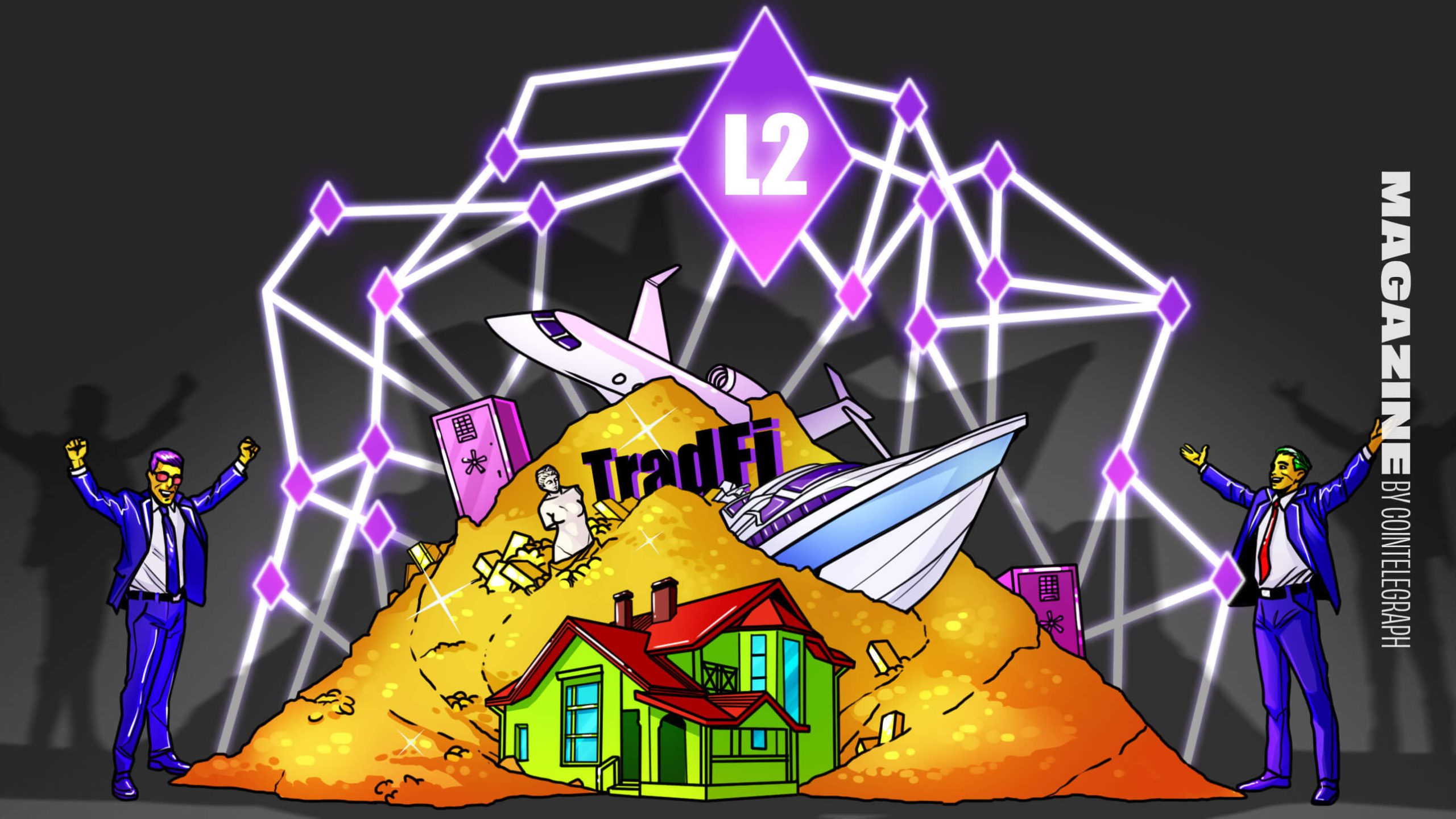
Understand how companies reorganize amid financial challenges to ensure business continuity via Chapter 11 bankruptcy.
In the complex world of finance and business, bankruptcy serves as a crucial mechanism that allows struggling companies to reorganize and regain financial stability.
One of the most well-known forms of bankruptcy is Chapter 11, a legal process in the United States that grants businesses the opportunity to restructure their operations while protecting them from creditors’ immediate demands. This article delves into the intricacies of Chapter 11 bankruptcy, its objectives, procedures and notable examples within the realm of the cryptocurrency industry.
Chapter 11 bankruptcy, explained
Chapter 11 bankruptcy, often referred to as “reorganization bankruptcy,” provides companies, both large and small, with the chance to rehabilitate their financial health while keeping their operations intact.
This chapter allows a debtor (the company) to propose a plan that outlines how it will address its financial obligations, including repaying creditors over an extended period, reducing debts and restructuring operations for improved efficiency and profitability.
Related: Prime Trust bankruptcy spotted by crypto community months ahead
The objectives of Chapter 11
The primary goals of Chapter 11 bankruptcy are twofold: to provide the debtor with an opportunity to reorganize its financial affairs and to maximize the return for creditors.
By granting the debtor a chance to revamp its operations and financial structure, Chapter 11 aims to facilitate the company’s return to profitability, safeguarding jobs and business continuity.
The Chapter 11 bankruptcy process
- Filing for bankruptcy: The process starts when the struggling company files a Chapter 11 bankruptcy petition with the appropriate federal bankruptcy court.
- Automatic stay: Upon filing, an “automatic stay” is imposed, halting most creditor actions against the company. This provides the debtor with temporary relief from creditor pressure, allowing for the formulation of a reorganization plan.
- Creating a plan: The debtor is typically granted a limited period to exclusively propose a reorganization plan. This plan details how the company will address its debts, reduce costs, and streamline operations. The plan must be approved by creditors and the court.
- Creditor voting: Creditors vote on whether to accept or reject the reorganization plan. If a majority of creditors in each class vote in favor, the plan moves forward.
- Confirmation: The court then evaluates the plan, ensuring it meets legal requirements and is fair to all parties involved. If approved, the plan is confirmed, and the debtor begins executing it.
- Implementation: The company now operates under the confirmed plan, making necessary changes to fulfill its commitments and restore financial viability.
Chapter 11 bankruptcies in the cryptocurrency industry
The cryptocurrency industry, despite its rapid growth and potential, has witnessed its share of financial struggles and legal complexities. Several companies within this sector have turned to Chapter 11 bankruptcy to navigate financial difficulties:
Prime Trust
After encountering a deficiency in customer funds, crypto custodian Prime Trust has sought refuge under Chapter 11 bankruptcy protection in Delaware on Aug. 15, 2023. The entities pursuing Chapter 11 relief encompass Prime Core Technologies Inc., Prime Trust LLC, Prime IRA LLC and Prime Digital LLC.
Prime Trust Chapter 11 bankruptcy filing: https://t.co/esfnhDmGjK
— Pledditor (@Pledditor) August 15, 2023
25,000 to 50,000 creditors
largest unsecured claims are customers
estimated liabilities between $100 million to $500 million
estimated assets between $50 million to $100 million pic.twitter.com/DkFOwvn9Xz
Bittrex
Cryptocurrency trading platform also filed for Chapter 11 bankruptcy protection in May 2023. The bankruptcy application pertains to multiple entities, including Bittrex Inc. based in Seattle, two Bittrex entities located in Malta and an associated entity named Desolation Holdings LLC.
SVB Financial Group
In a bid to preserve value, SVB Financial Group in distress has submitted a self-initiated request for court-monitored restructuring via Chapter 11. This move occurred in March 2023 and was directed toward the United States Bankruptcy Court.
Genesis Global Capital
Genesis Global Capital, a cryptocurrency lending entity, had filed for Chapter 11 bankruptcy proceedings in the Southern District of New York in January 2023. As per the filing on Jan. 19, the company has approximated liabilities and assets within the bracket of $1 billion–$10 billion. This action extends to its parent company, Genesis Global Holdco, and an affiliated lending division named Genesis Asia Pacific, both of which sought the shelter of bankruptcy protection.
Core Scientific Inc
In December 2022, Core Scientific Inc, a major publicly traded cryptocurrency mining firm in the United States, attributed its Chapter 11 bankruptcy filing to a combination of factors. These included declining Bitcoin (BTC) prices, escalating energy expenditures and a significant unpaid debt of $7 million owed by the insolvent crypto lender Celsius Network.
FTX
In November 2022, the Bahamas exchange’s abrupt bankruptcy followed $6 billion in withdrawals in 72 hours, with Binance not aiding. Alameda Research, FTX’s linked hedge fund, also filed bankruptcy. The high-profile failure involved founder Sam Bankman-Fried.
Related: Who is Sam Bankman-Fried: Profile, biography, FTX, arrest and more
BlockFi
In late November 2022, BlockFi, a crypto lender, filed for Chapter 11, following FTX’s collapse just two weeks prior. BlockFi cited a liquidity crisis due to its significant exposure to FTX. The New Jersey-based company had depended on a $400million FTX credit line for survival, especially after fellow crypto lenders Voyager Digital Ltd and Celsius Network went bankrupt earlier in 2022.
Celsius Network
In July 2022, Celsius, a crypto lending platform, declared Chapter 11 bankruptcy due to the downfall of TerraUSD and Luna, which led to the crypto lender’s demise.
Three Arrows Capital (3AC)
On July 1, 2022, the crypto hedge fund Three Arrows Capital filed for bankruptcy, citing the May crash of stablecoin TerraUSD and Luna as the cause.
Voyager Digital
On July 6, 2022, Voyager Digital, a crypto lender headquartered in New Jersey, filed for U.S. bankruptcy. The reason was a default on a crypto loan exceeding $650 million by Three Arrows Capital.
Chapter 11 bankruptcy serves as a crucial tool for businesses, including those in the cryptocurrency industry, to restructure their operations and overcome financial difficulties. By providing a framework for rehabilitation, it balances the interests of debtors and creditors while allowing companies to maintain operations, protect jobs and contribute to the economy.

You can get bonuses upto $100 FREE BONUS when you:
💰 Install these recommended apps:
💲 SocialGood - 100% Crypto Back on Everyday Shopping
💲 xPortal - The DeFi For The Next Billion
💲 CryptoTab Browser - Lightweight, fast, and ready to mine!
💰 Register on these recommended exchanges:
🟡 Binance🟡 Bitfinex🟡 Bitmart🟡 Bittrex🟡 Bitget
🟡 CoinEx🟡 Crypto.com🟡 Gate.io🟡 Huobi🟡 Kucoin.




















Comments